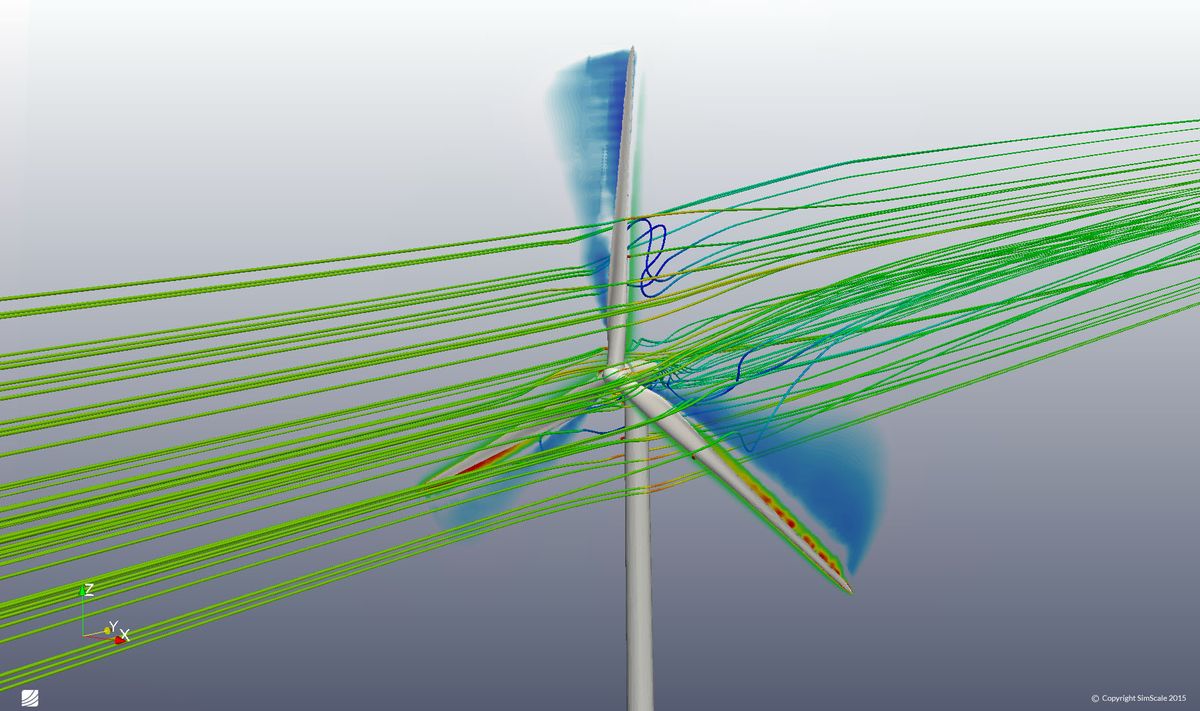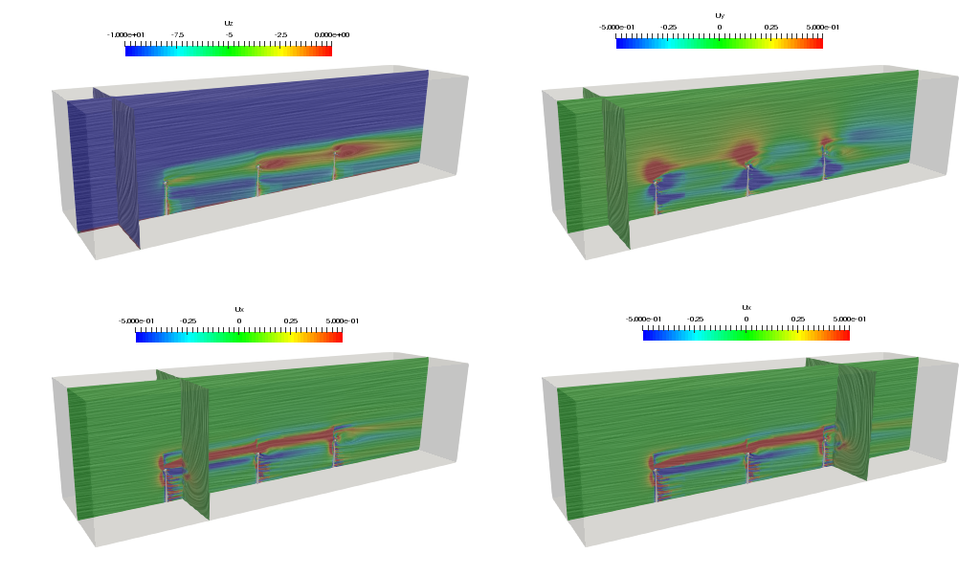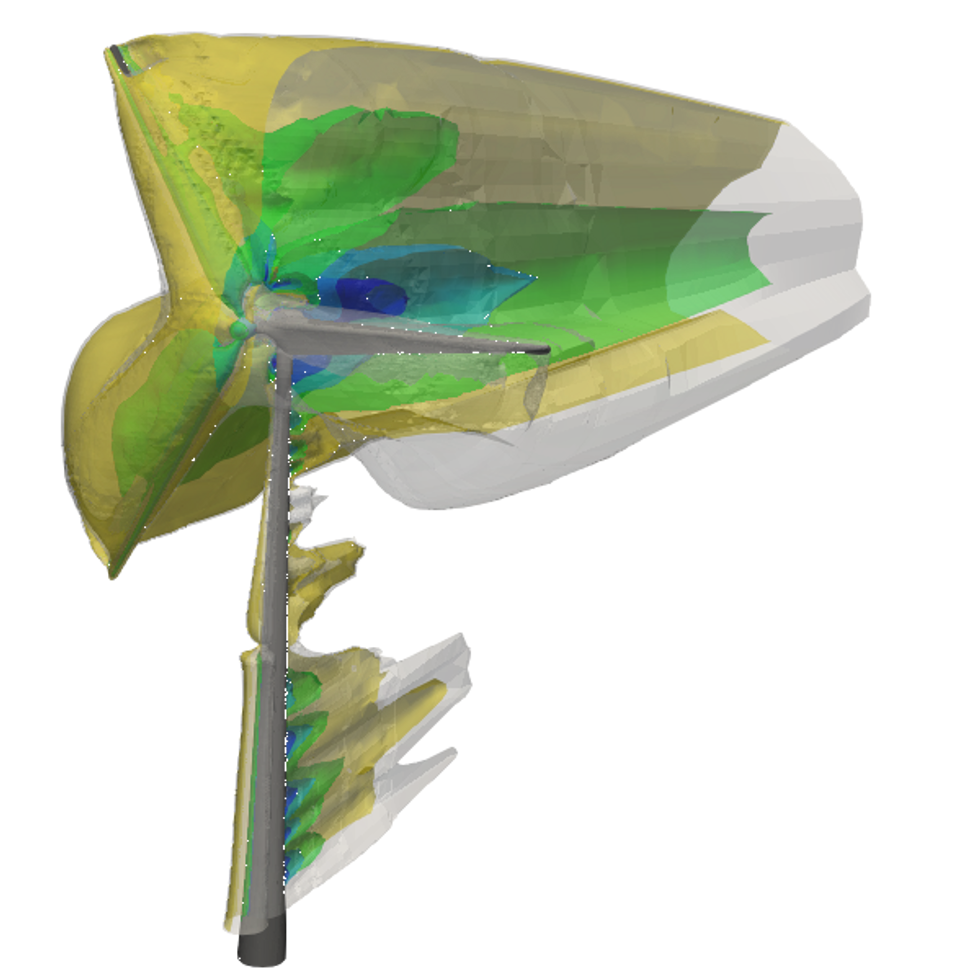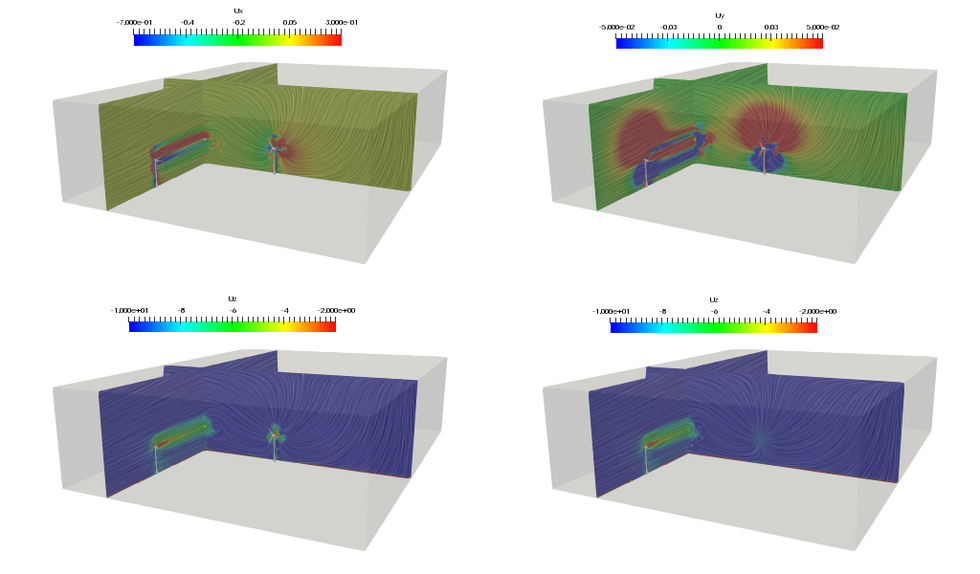No matter how cleverly designed or carefully constructed, a product is only as effective as its ability to fit smoothly into its environment. Whether building a stent in healthcare, circuit board in electronics, or wind farm in energy applications, successful product developers have long understood that the more they understand the external factors affecting their designs, the more effective their designs will be. Yet building this understanding has traditionally been limited to big-budget projects able to afford computational fluid dynamics (CFD) and finite element analysis (FEA) simulation packages running on in-house high-performance computing (HPC) hardware. Today, however, the emergence of cloud-based CFD and FEA tools makes detailed simulation practical for any designer.
For most product developers, CFD and FEA simulation is subtlety addictive: the more simulation results reveal about their products, the more detail they demand. For designers of a heart stent, for example, the ability to visualize the stent’s 3D geometry in a blood vessel yields to the desire to visualize steady-state mechanical stresses, and from there to the need to understand its dynamics during vessel volume changes with blood flow. Yet the computational requirements for increasingly sophisticated simulations eventually hit the limits of traditional solutions running on in-house computing systems.
Rather than force designers to compromise their simulations, cloud-based software-as-a-service (SaaS) simulation packages can draw on virtually unlimited HPC resources. At the same time, SaaS simulation providers such as SimScale shield users from the details of cloud platform management. SimScale users simply use their web browsers to perform highly complex CFD or FEA simulations. Behind the scenes, the simulations run on a scalable computing platform able to deliver the kind of supercomputer-level performance needed to deliver detailed results (see figure).
Renewable energy installations such as wind farms depend on efficient turbine configuration and placement—a classic CFD problem once limited to on-premises solutions. Today, engineers just need a browser to execute a SaaS CFD solution capable of delivering detailed 3D results, such as the turbulence and wake effects caused by a series of three turbines shown here. (Read this blog post for more information: How to Optimize Wind Farms with CFD.)
Cost-effective simulation
Besides eliminating the need for users to invest in their own HPC resources, SaaS solutions use a simple subscription model that eliminates the complications of traditional on-premises software licensing and maintenance. Rather than purchase multiple licenses, install software packages, and track software updates, product developers can sign up with SimScale and immediately begin performing complex simulations.
Along with their simplicity and performance advantages, SaaS solutions remain as secure and accessible as traditional on-premises simulation environments. For example, the SimScale simulation platform uses robust security mechanisms for the full lifecycle of data: data transfers to the SaaS platform use SSL, and data on SaaS storage and redundant backup servers are secured with government-grade AES encryption.
While SaaS platforms excel at protecting user simulations from unauthorized access, they also simplify accessibility among team members. Authorized users can simply log into SimScale and collaborate on the simulation and its data. The result is a simulation environment that achieves both performance and accessibility without the overhead of traditional on-premises solutions.
Conclusion
Built on cloud-based HPC platforms, SaaS solutions fill a growing need for readily accessible CFD and FEA simulation capabilities. By leveraging the performance and scalability of HPC cloud services, SaaS simulation packages such as SimScale’s eliminate the high upfront costs associated with capital equipment acquisition and software licensing. Instead, scientists and engineers simply use their web browsers to launch and share sophisticated simulations without compromising simulation performance or security.
SimScale has sponsored this article but has provided no editorial input. All opinions are the author’s.






